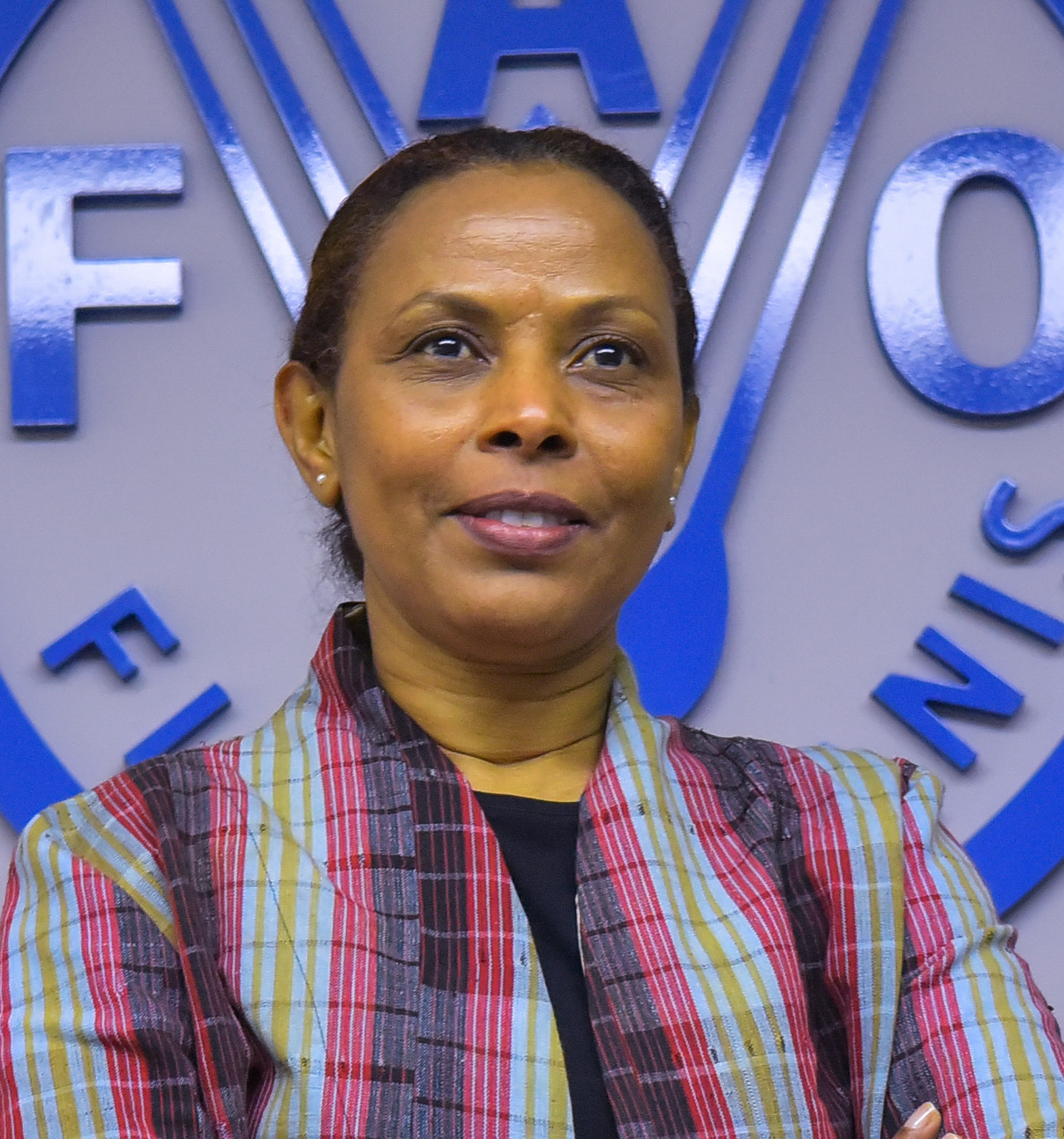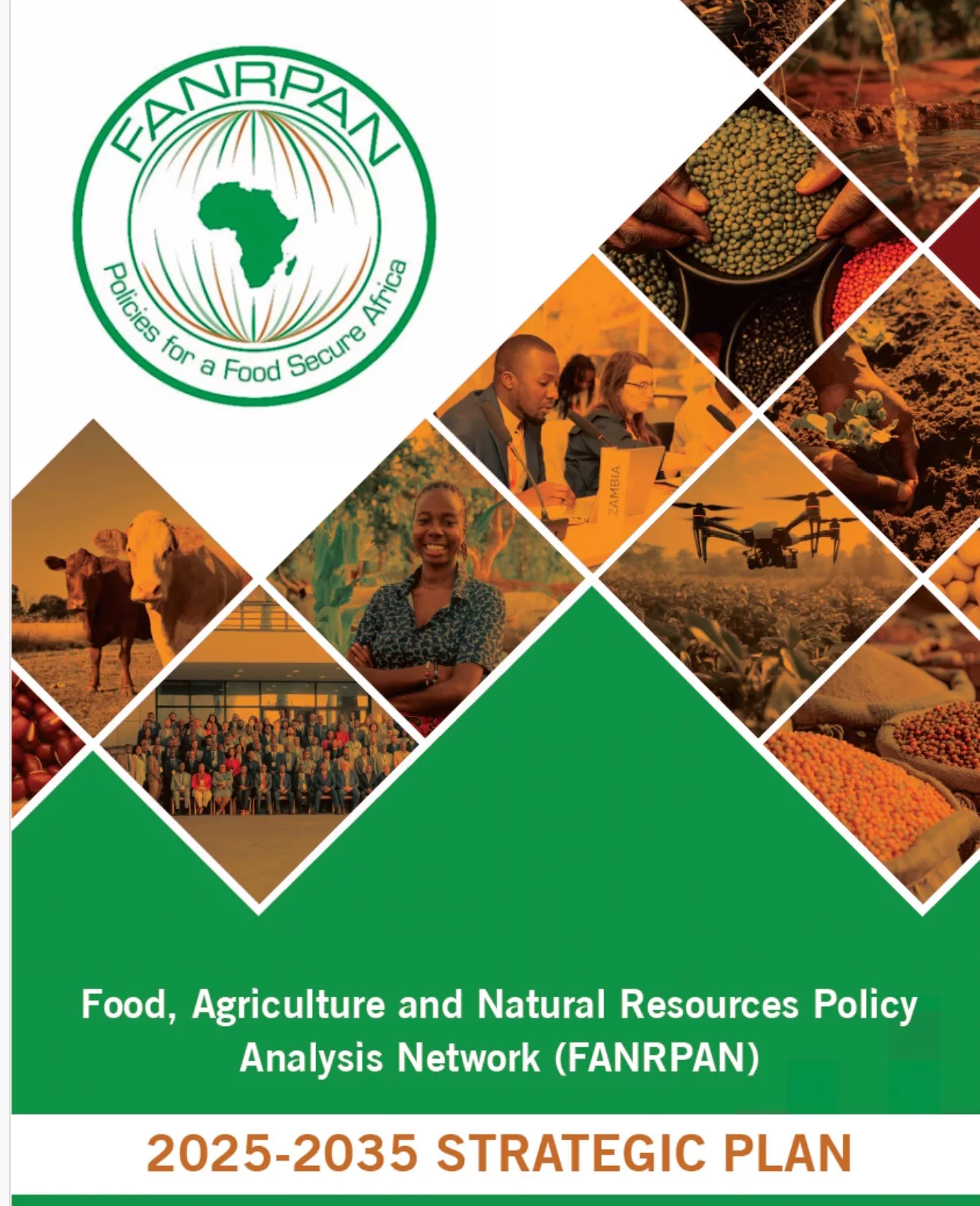|
Getting your Trinity Audio player ready...
|
By Ms. Fatouma Seid (FAO Representative in Ethiopia)
Agriculture is a source of livelihood for over 80 percent of the population in Ethiopia. However, the sector has faced complex and overlapping threats over the past decade.
Since 2019, the country has been responding to the worst desert locust invasion in over 25 years. Although the invasion has subsided, the upsurge decimated crop fields, pasture, and rangelands, increasing the population’s vulnerability to food insecurity and malnutrition. At the same time, the COVID-19 pandemic and associated prevention guidelines coupled with economic hardships have limited the population’s access to nutritious food, agricultural inputs, services, and employment. Moreover, the conflict in northern Ethiopia has also led to displacement and disrupted agricultural production and markets.
Last month, I traveled to the eastern and southeastern parts of the country. I saw first-hand the impact of the prolonged La Niña-induced drought on the lives and livelihoods of the population. I spoke to desperate communities as they watched their livestock die from lack of pasture, water, and diseases. Crops had failed, and many households relied on humanitarian aid to survive. I saw the same vulnerability in the areas affected by conflict in northern Ethiopia, as many people could not tend to their farms due to insecurity and displacement. Even the recovery registered from past disasters in the affected regions is quickly eroding.
As disasters overlap and their magnitude and impact increase, the population is less able to recover and adapt, hence becoming more vulnerable to future shocks.
Therefore, it is prudent to change our way of thinking, decision-making, and move from a reactive response to disasters to proactively preventing and anticipating them. We need to increase investment in early warning, preparedness, and early action, to save lives and livelihoods and reduce the impact of these disasters. Acting early, before, or on the onset of a disaster has been proven less costly and more effective. However, it calls for flexible funding mechanisms than can allow resources to be available quickly, enabling the rapid procurement and distribution of supplies before the peak of the disaster.
For example, in response to the 2017 drought, the Food and Agriculture Organization of the United Nations (FAO) implemented an Early Action at the onset of the drought in the Somali region. The Organization distributed livestock feed and provided animal health services and training to the targeted communities. This intervention shifted the focus from response to prevention and mitigation and, in the process, saved lives and secured livelihoods. The results of the evaluation survey found that each beneficiary household gained USD 187 (from investments of USD 179) from the Early Action intervention compared to non-beneficiaries. The benefits were derived from avoided losses due to reduced livestock mortality, reduced distress livestock sales, and the benefits of better livestock market prices due to improved animal body conditions and milk production.
As we respond to the current drought enveloped by other disasters, timely funding is critical to make a meaningful response. In January 2022, FAO launched a USD 53 million drought rapid response and mitigation plan for Ethiopia’s agriculture sector. The emergency intervention activities described in the Plan needed to be implemented from January to June 2022. However, halfway through the implementation period, the agriculture sector has received USD 19.5 million from resource partners, leaving a funding gap of USD 33.5 million.
Without adequate and timely funding, we cannot respond to disasters appropriately. We may spread the available resources thinly, not implement planned activities, or deliver the support late and not in line with the seasonal calendars.
As Ethiopia emerges from multiple ongoing emergencies, collective efforts of stakeholders and timely funding and response will therefore be critical for recovery and resilience building.
In line with FAO’s new strategic planning framework and with our resource partners’ support, FAO will continue supporting Ethiopia in developing early warning systems, along with the necessary analytical capacity, to better prepare for and respond to threats to the agriculture sector. FAO will also continue working with the government, partners, and communities to implement anticipatory and early actions to prevent, mitigate and reduce disaster risk while strengthening the resilience of communities to other shocks.






